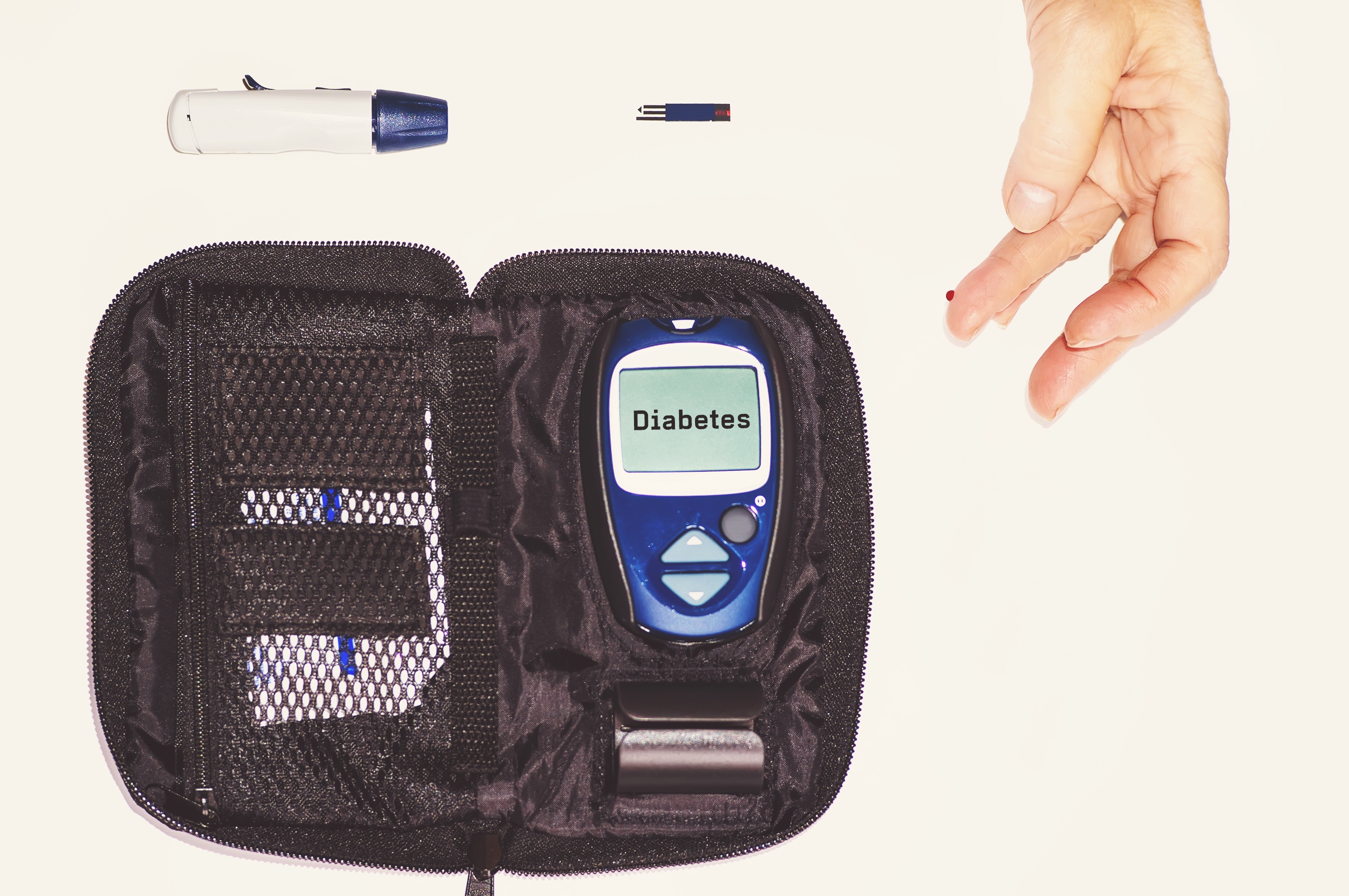
Recently, a cold air has entered our country from north to south, dispelling smog. At the same time, it has also brought many areas into the [quick freezing mode] and the temperature has dropped sharply.
At this time, sugar friends need to pay special attention, because cold weather is easy to cause blood sugar fluctuations, while many sugar friends are afraid of cold and greedy for warmth, often ignoring the details of life, resulting in poor blood sugar control, and may even induce or aggravate diabetic complications.
The temperature drops and the blood sugar is high.
Some sugar lovers may have the experience that when the temperature drops, the blood sugar rises.
In fact, this is not an example. Many studies have found that diabetics have the highest blood sugar in winter throughout the year.
This is related to many factors, such as:
- Changes in hormone secretion: Cold weather stimulates nerves, The hormone secretion that causes the blood sugar to rise, thus raising the blood sugar. Improper diet control: In cold days, people always want to [supplement], ignoring the diet control of diabetes, causing the blood sugar to rise. Exercise time is reduced: winter rainy and snowy weather, low temperature, people’s activity time is reduced, exercise amount is reduced, weakening the effect of exercise sugar control.
In this way, the rise in blood sugar in winter is easy to understand.
Improper warmth preservation aggravates the illness.
When the weather is cold, everyone naturally wants something warm [warm]. At this time, hot water bags, hand warmers and other heating items are very convenient choices.
However, diabetics are not sensitive to temperature due to vascular and nerve damage caused by hyperglycemia. If heating articles are not used properly, scalds will easily occur and skin damage will occur.
On the other hand, the wound of diabetics is not easy to heal. In addition, hyperglycemia reduces the resistance, and the wound is also prone to infection. After infection, hyperglycemia will in turn increase, causing a vicious circle.
Some patients with diabetic foot burn their feet due to improper heating, resulting in serious infection and even amputation.
Therefore, diabetics should be especially careful to keep warm in winter.

Stabilizing sugar and keeping warm, paying attention to details
Diabetics should spend their blood sugar smoothly through winter. On the one hand, they should lay a good foundation and on the other hand, they should pay attention to details.
1. Lay a good foundation and stabilize blood sugar
Diet, exercise and blood sugar monitoring are the basis of diabetes treatment. We must not relax.
Control diet
Don’t blindly [supplement] like ordinary people. It is easy to feel hungry in cold weather. Everyone should insist on controlling the total energy. If you are very hungry, you can eat a tomato or a cucumber to relieve your craving under the condition of excluding hypoglycemia.
Remind everyone, don’t think about [drinking a little wine to warm up], drinking is not conducive to blood sugar control.
Persist in sports
Ensure at least 150 minutes of exercise time per week. You can choose indoor exercise methods, such as calisthenics and Taijiquan. In good weather, you can also go out for exercise, but to avoid cold mornings, it is best to exercise after the sun comes out in the morning or in the evening.
Monitor blood sugar and adjust drugs in time.
In winter, blood sugar fluctuates greatly. Monitor fasting or postprandial blood sugar at least 1-2 times a week. If you catch a cold carelessly, it will also affect blood sugar. At this time, it is more necessary to strengthen blood sugar monitoring. If you find that blood sugar is too high (such as blood sugar > 10.0 mmol/L 2 hours after meal), you should adjust medication in time under the guidance of a doctor to ensure blood sugar control.
2. Cope with cold wave and keep warm well.
There are many ways to keep warm in winter, such as using various heating tools and soaking feet with hot water. In these common measures, sugar lovers need to pay attention to some details in order to keep warm safely and effectively.
Wash feet correctly
Wash feet with 38 ~ 40 ℃ warm water every day. It is not recommended to soak feet in hot water for a long time. The water temperature should be tested before washing feet. Diabetics may have neuropathy, hands and feet are not sensitive to cold and heat, and it is not recommended to test the water temperature with hands and feet to avoid scalding. Thermometer is the best choice.
When wiping your feet, gently wipe them with a soft, water-absorbing white towel. If the towel is too hard or too hard, it may cause imperceptible trauma to the skin of your feet and leave hidden dangers of infection. White towels can detect whether there are blood or pus stains in time.
Periodic inspection
Before going to bed every day, carefully check whether there is any foot injury. When it is inconvenient to check, you can ask your family for help. Those with tinea pedis should be actively treated. If foot injury is found, please see a doctor immediately.
Keep your hands and feet warm properly.
Wearing thick socks with cotton shoes is a better warm-keeping equipment. Socks should have good water absorption, strong air permeability, softness and looseness, preferably pure cotton products.
Cotton shoes should not be too tight, toe cap should be wide, leaving enough space for toes, high heels and high heels are not recommended. Before wearing shoes, check the shoes and wear shoes without foreign bodies.
Use cotton gloves when you go out. If you find chapped skin, you need to use moisturizer.
Pay attention to heating methods
Some sugar friends like to put their feet on the radiator to keep warm, or put warm water bags and hand warmers in bed, or sleep with an electric blanket on. This is a more dangerous approach. If it is a sugar friend with neuropathy, the skin is in direct contact with the heat source and often causes burns due to insensitivity to temperature.
Never put your hands and feet directly on the radiator. If you use a warm water bag or hand warmer to keep warm, remember to wrap a thick towel outside. The temperature of the electric blanket should be adjusted to the lowest level. First, turn on the electric blanket for heating and turn it off before people lie down.
After each use of heating articles, remember to check the contact area for undetected burns such as redness and blisters. If scalds are found, they should be handled in a timely manner in a hospital.
Moderate massage
Can massage lower limbs or rub hands, can improve peripheral blood circulation, help keep out the cold. However, the massage should not be too strong, it is advisable to feel slightly warm and the skin is not red.
